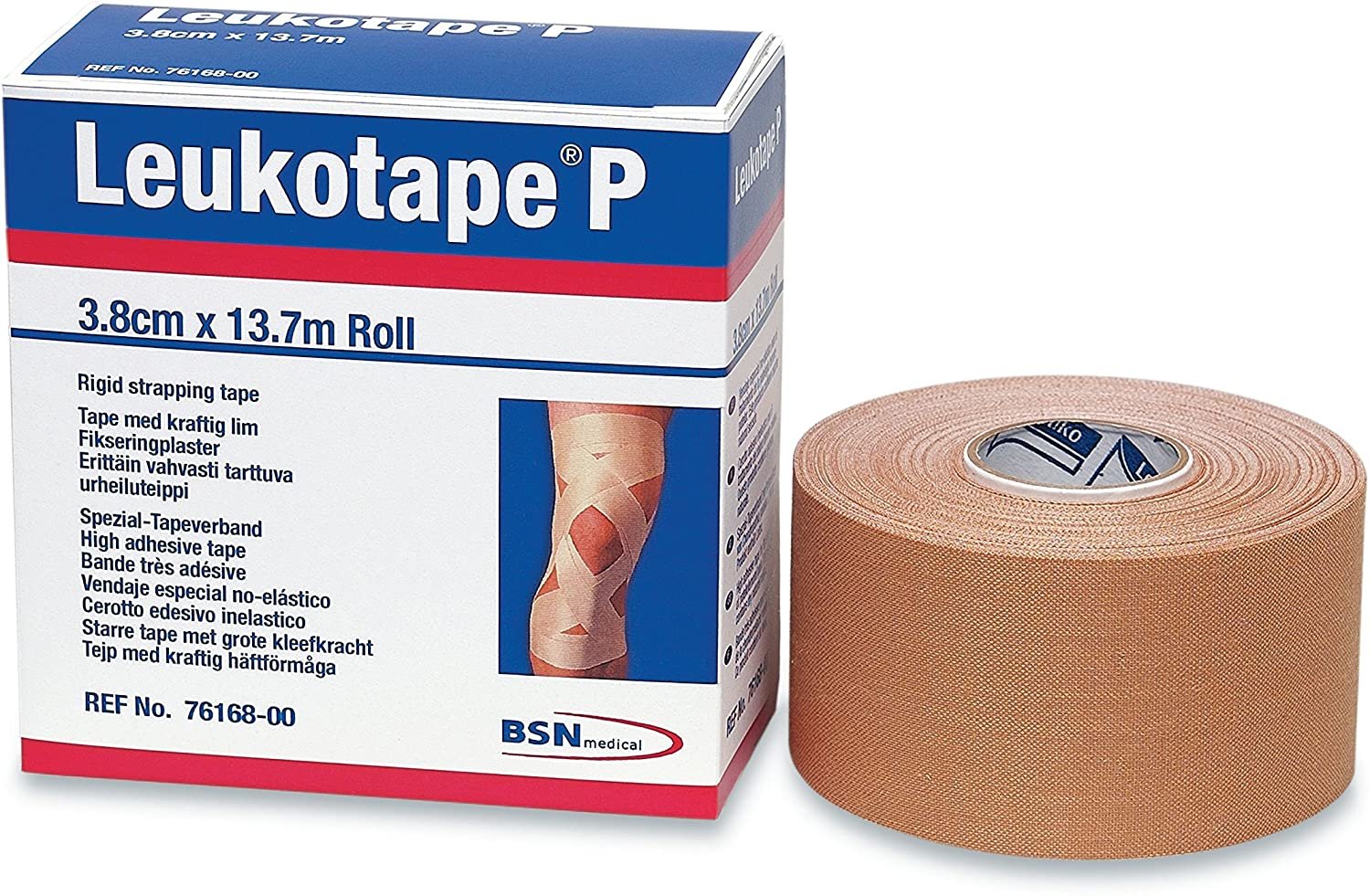How To Avoid Blisters While Backpacking
A lot of people battle blisters when hiking and backpacking. They’re often regarded as “part of the experience,” but I don’t believe that’s true. Yes, blisters can and DO happen. I’ve had my fair share of battles throughout the years, but when I finally realized HOW to go about preventing them, they nearly went away entirely.
From time to time I’ll get them because nothing is perfect, but I also know what to do when I get them to prevent further damage to my feet.
Blisters can ruin a trip quickly if they’re left to grow and fester on their own without either prevention or treatment. Feet are a weird thing because everyone has a different foot, so instead of mentioning a brand name or anything like that, I’m just going to cover a few easy things you can do to reduce the onset of blisters. I’ll also give you a bonus tip at the end that I think helps a lot.
Contents
Blister Prevention Tip #1: Size Up Your Shoes
Go up a half size to full size in your shoe or boot. As you hike, your feet swell and begin rubbing on parts of your boot you have never felt before. That’s where blisters start to form. Sizing up also helps prevent your toes from jamming forward when you’re headed downhill.
It might feel odd at first, but trust me when I say it helps out. There’s not much you can do about swelling, so give them room to do what they do.
Blister Prevention Tip #2: Tape Up Your Feet
Leukotape is will be your friend (here’s a link). If you know you are naturally prone to blisters in a specific part of your foot, just go ahead and slap a layer or two of tape before you start hiking.
If you don’t tape up before you start hiking, then you need to check in with your feet from time to time and be very careful with any and all tiny hot spots that you start feeling.
The moment you feel anything rubbing, stop, take your shoe off and tape it up. Do NOT wait for your next break because it could be too late by then. Even if you’re only 5 minutes into your hike, just take the time to tape up and you’ll be better for it. I can’t stress enough how important this is.
Blister Prevention Tip #3: Dry Out Your Feet
Whatever you can do to keep your feet dry throughout the day, do it. Airing out your feet, socks, and shoes on breaks goes a long way in keeping your feet dry. You can also rotate your socks throughout the day and hang the wet pair on your pack to air out.
When you take a break, swap your socks back and forth so you have a somewhat fresh pair each time. Moisture is the enemy here so do what you can to minimize it. You might not always have a completely dry pair of socks to wear, but at least you’re swapping to a less wet pair than what’s currently on your feet.
If the sun isn’t shining and you’re having trouble drying out your socks, put them in your pocket so your body heat can warm them up and dry them out while hiking. You’d be shocked at how well that works..
Anytime I can, I like to reduce the swelling in my feet by soaking them in a cold stream or lake. It’s refreshing and takes the edge off!
Blister Prevention Bonus Tip: Don’t Walk So Fast
Don’t walk so fast! Speeding down the trail faster than your normal pace puts pressure on your feet in places it’s not used to. Remember, you have a pack on your back as well that is putting pressure on your feet too, so just take your time going down the trail and walk at a natural pace.
I know that for me personally, if I push a higher pace, all I do is wear down my feet, and the hot spots start coming on. Even if it’s just a tiny bit faster than I normally walk, I run into issues.
It’s hard to slow down when you feel like you need to be somewhere, but instead of walking faster, just start your hike earlier so you have plenty of time to get there.
Final Thoughts On Blister Prevention
Blisters are no fun when you’re out trying to have fun in the backcountry. I’ve had them so bad before that it was all I could do to walk normally so trust me when I say I fully understand and appreciate how horrible they can be.
That said, there are a number of things you can do to minimize them. I hope these tips outlined in this article were helpful and if they were, please let me know! Also, if you have any suggestions on how YOU prevent blisters, I’d love to hear about it!
Emory, By Land
Questions?
If you have any questions at all about this article or just want to connect, please don’t hesitate to reach out to me at emory@byland.co.
Product links
Affiliate Disclosure Statement: Some of the links in this article are affiliate links meaning, at no additional cost to you, I will earn a commission if you click through and make a purchase.




